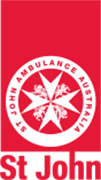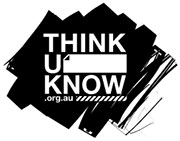Safety At Home
First AidElectric Shock
Signs & symptoms
- unconsciousness
- difficulties in breathing or no breathing at all
- a weak, erratic pulse or no pulse at all
- burns, particularly entrance and exit burns (where the electricity entered and left the body)
- sudden onset of cardiac arrest.
What to do
1. Check for danger to yourself and bystanders.
Do not approach the patient.
2. Switch off power before trying to help the patient.
3. Remove the patient from the electrical supply without directly touching them, using a nonconductive, dry material, e.g. dry wooden broom handle.
4. Apply DRSABCD to the patient.
5. Wash and cool the burnt area under running water for 20 minutes.
6. Prevent infection by covering the burn wound with a loose and light non-stick dressing, preferably clean, dry, lint free (non-fluffy) material e.g. plastic cling film.
7. Seek medical attention for potential for cardiac arrhythmias.
Downed powerlines
1. Remain at least 6 metres from any cables.
2. Do not attempt to remove cables.
3. Do not go near a vehicle or try to remove a person from a vehicle being touched by a high voltage cable.
4. Advise the patient not to move.








